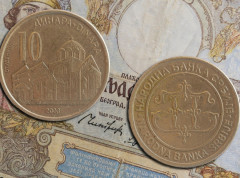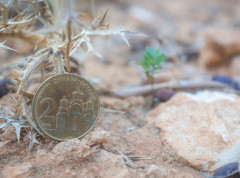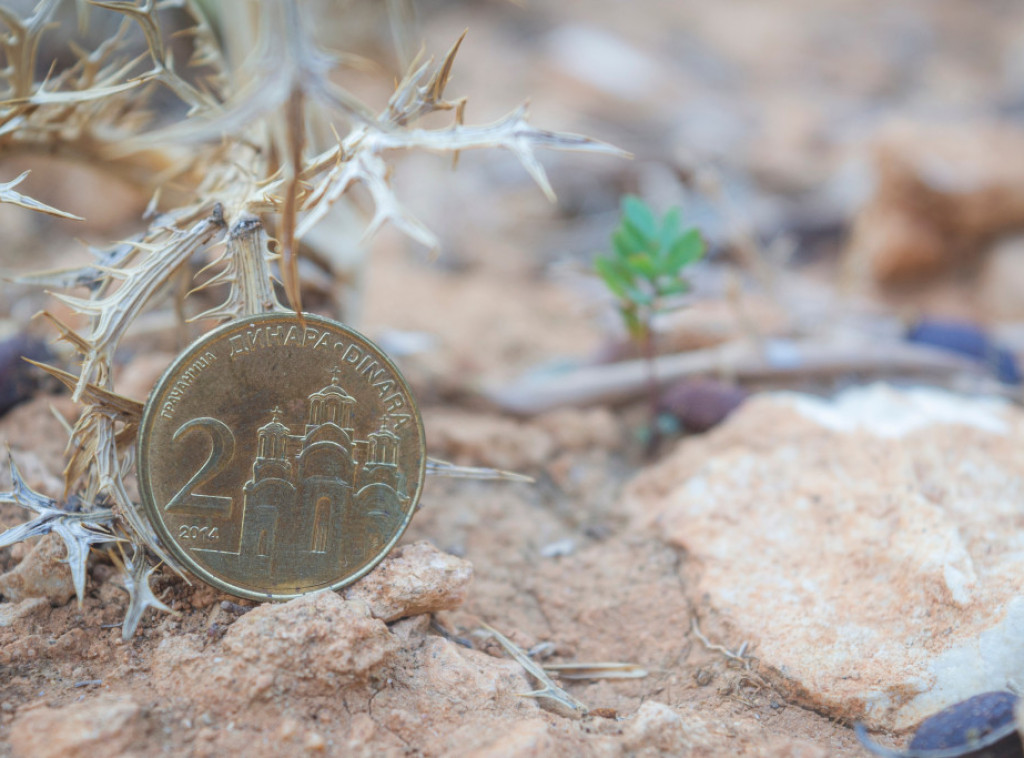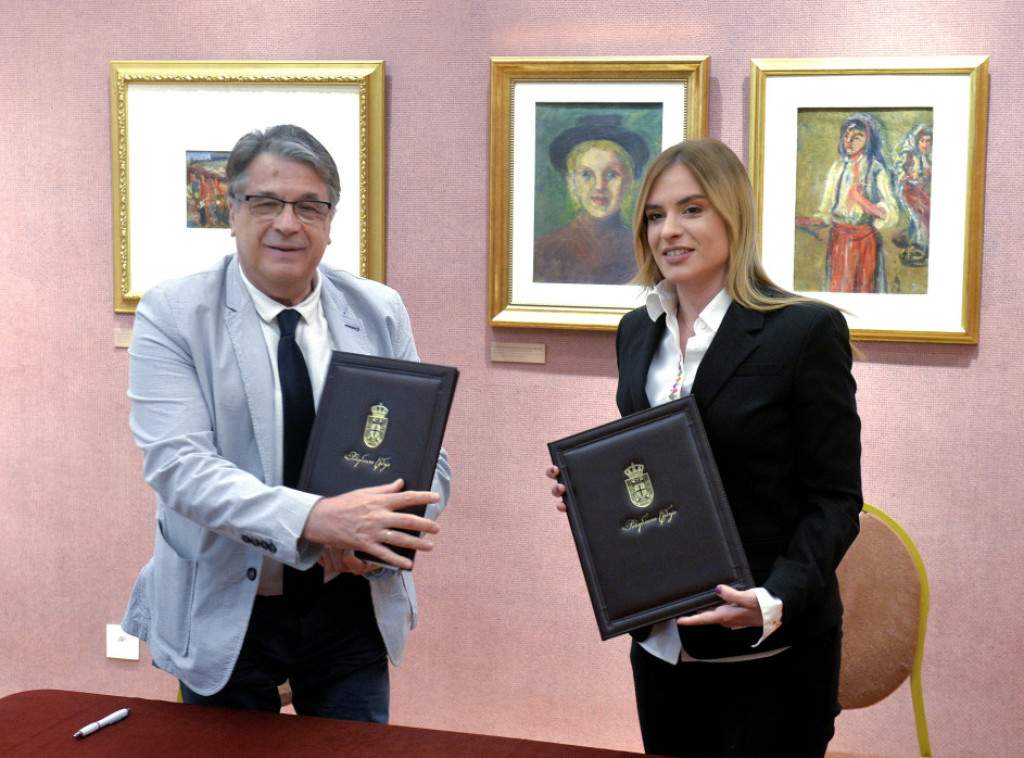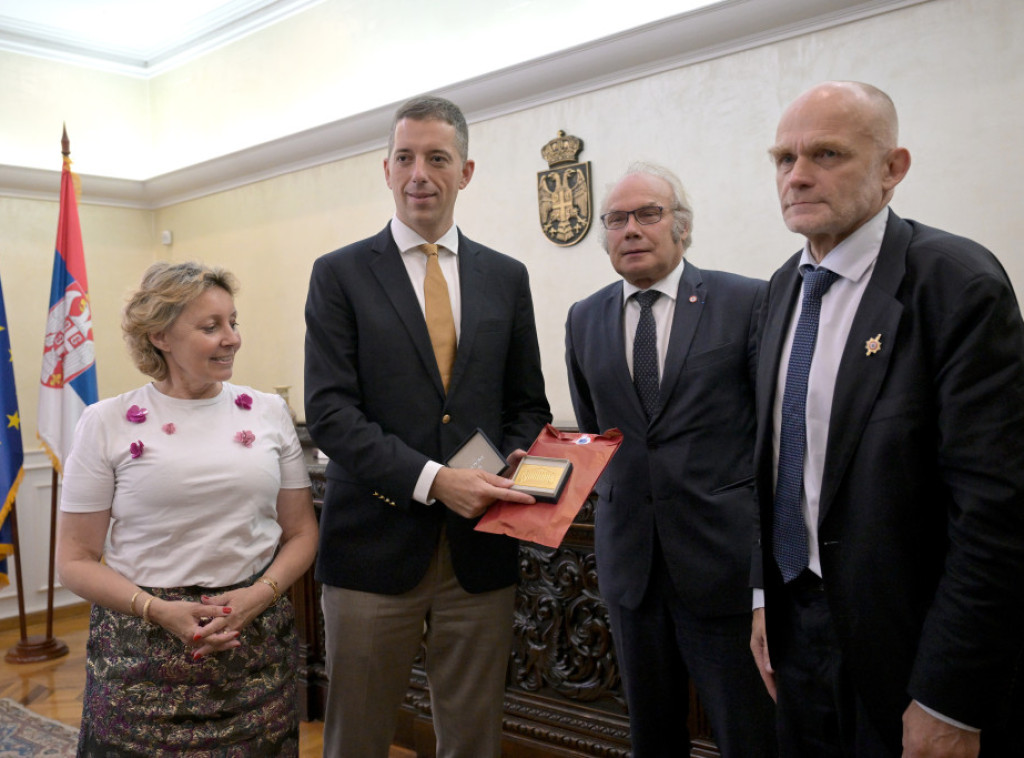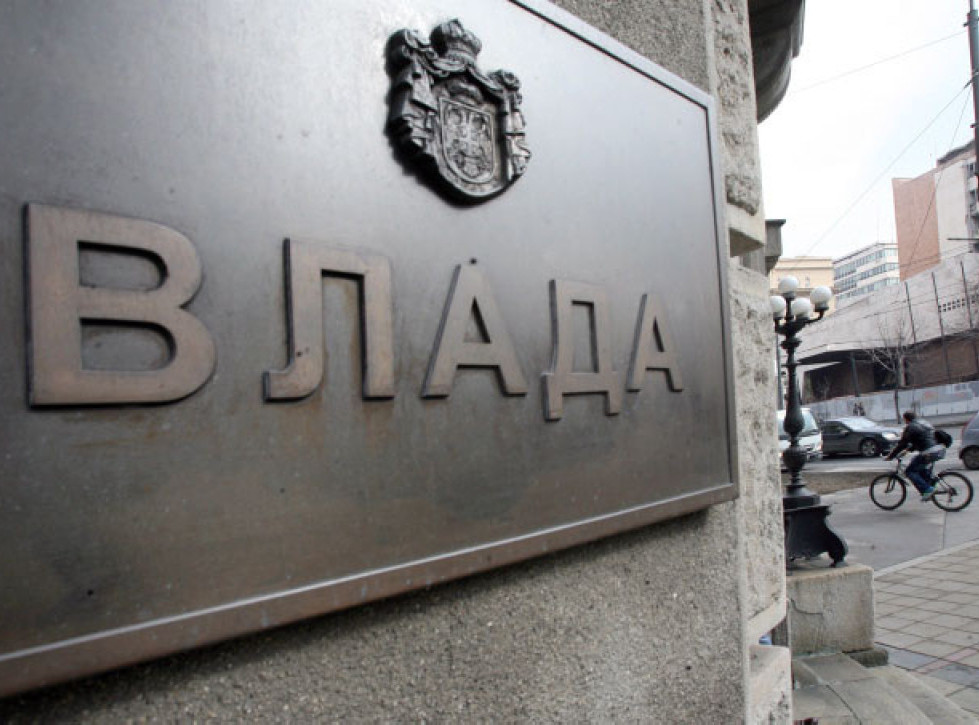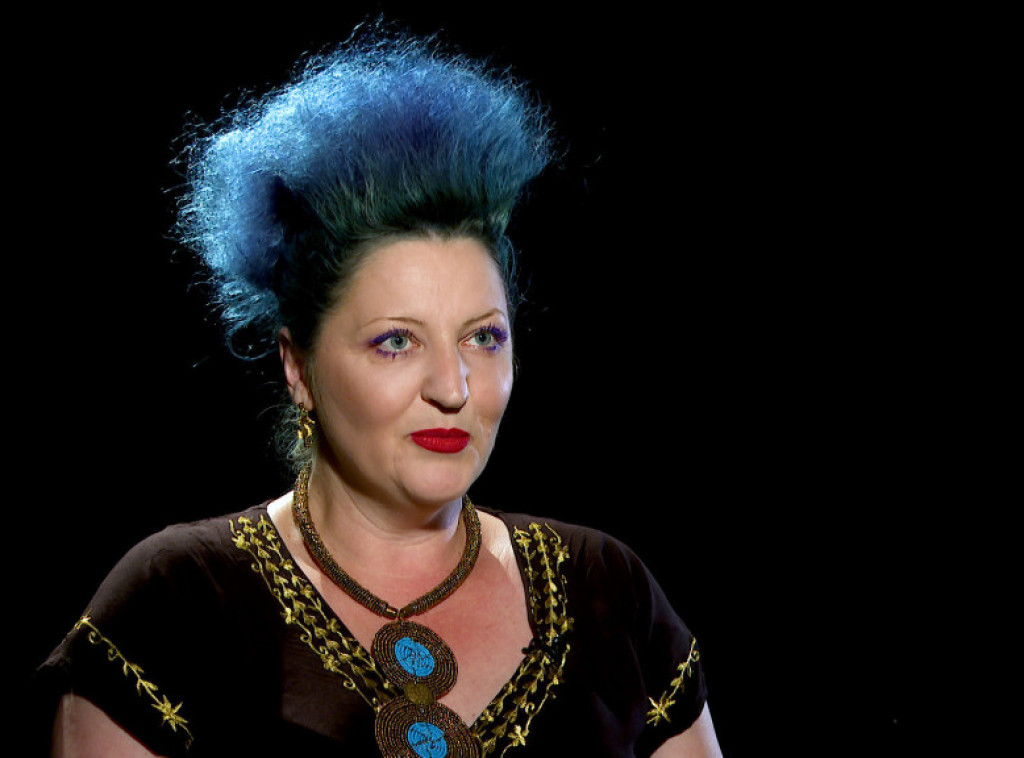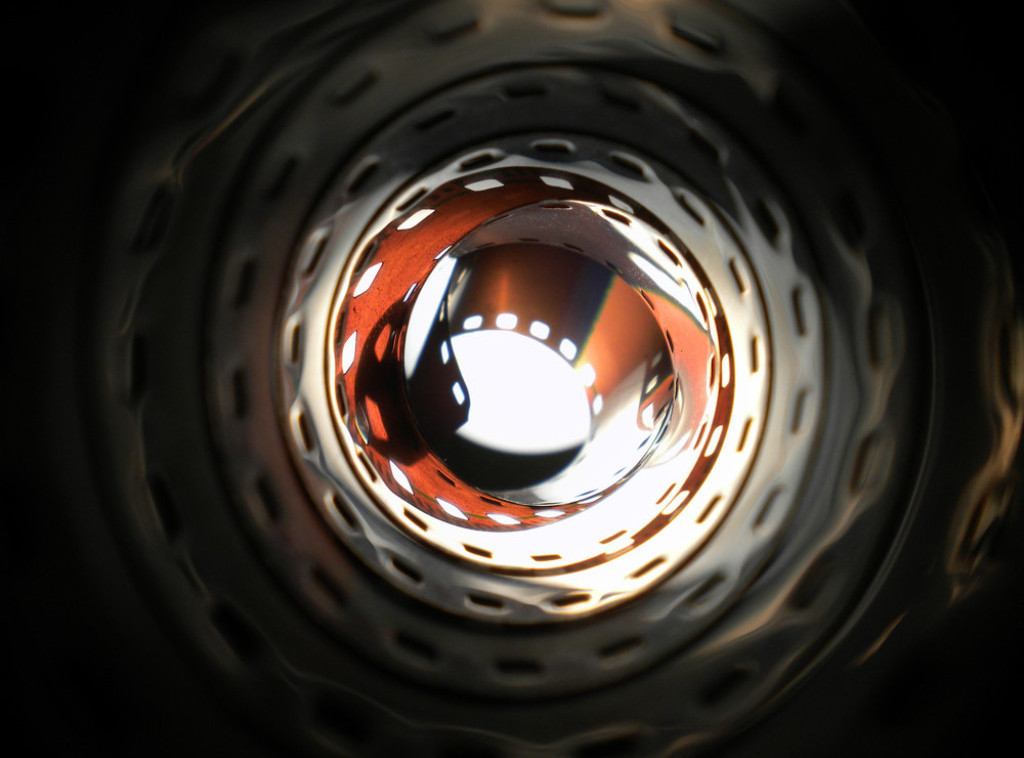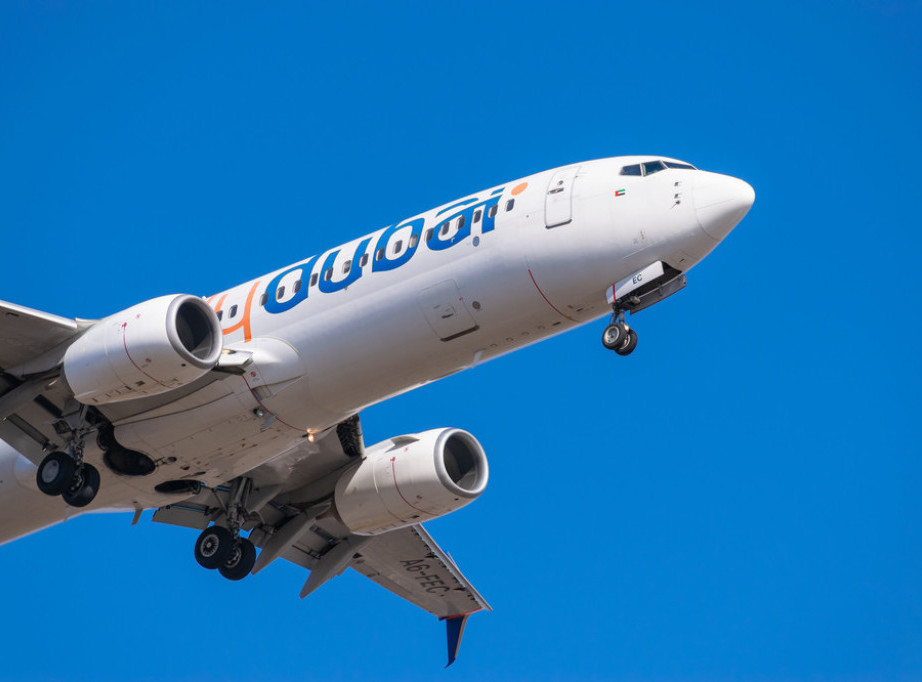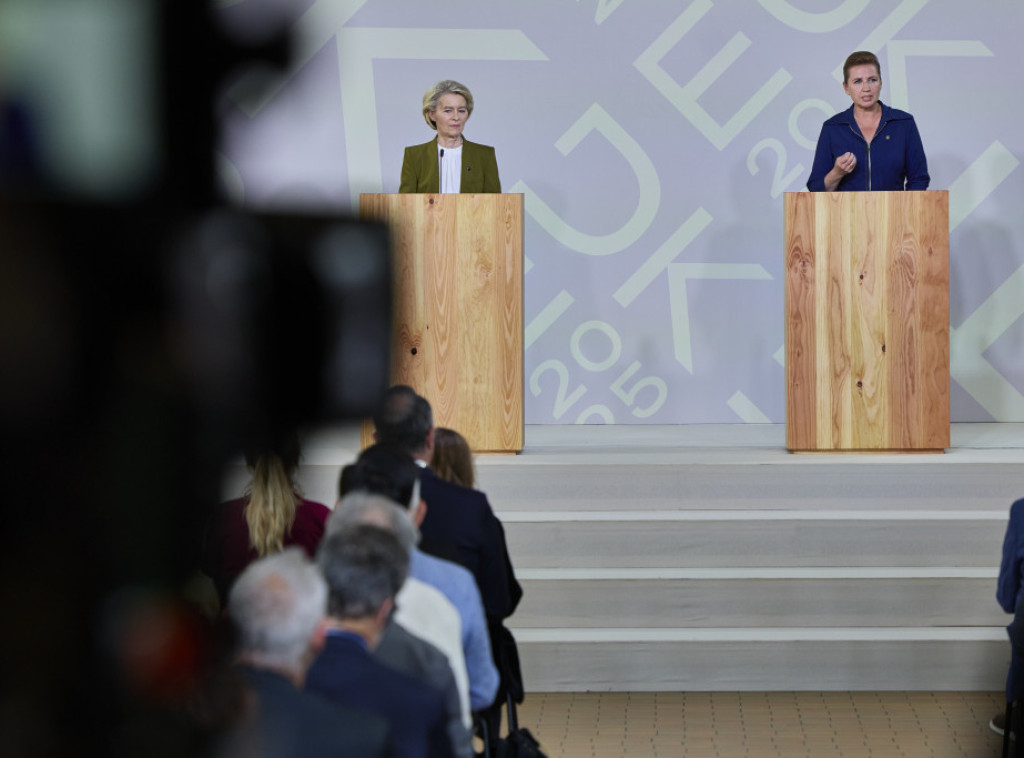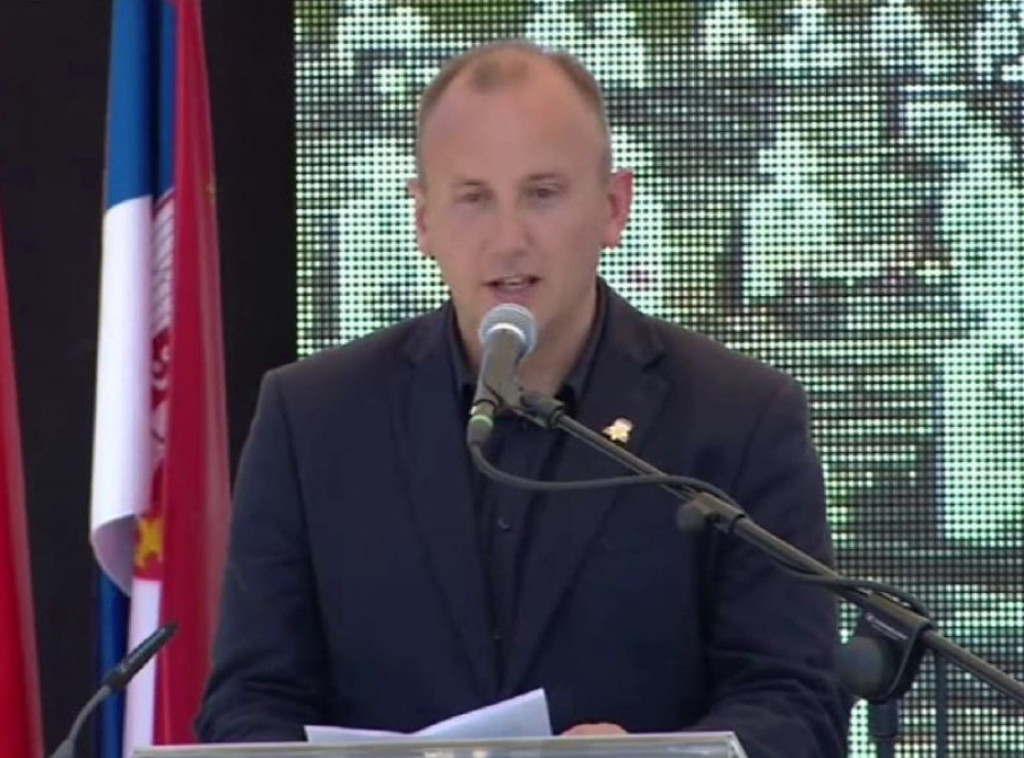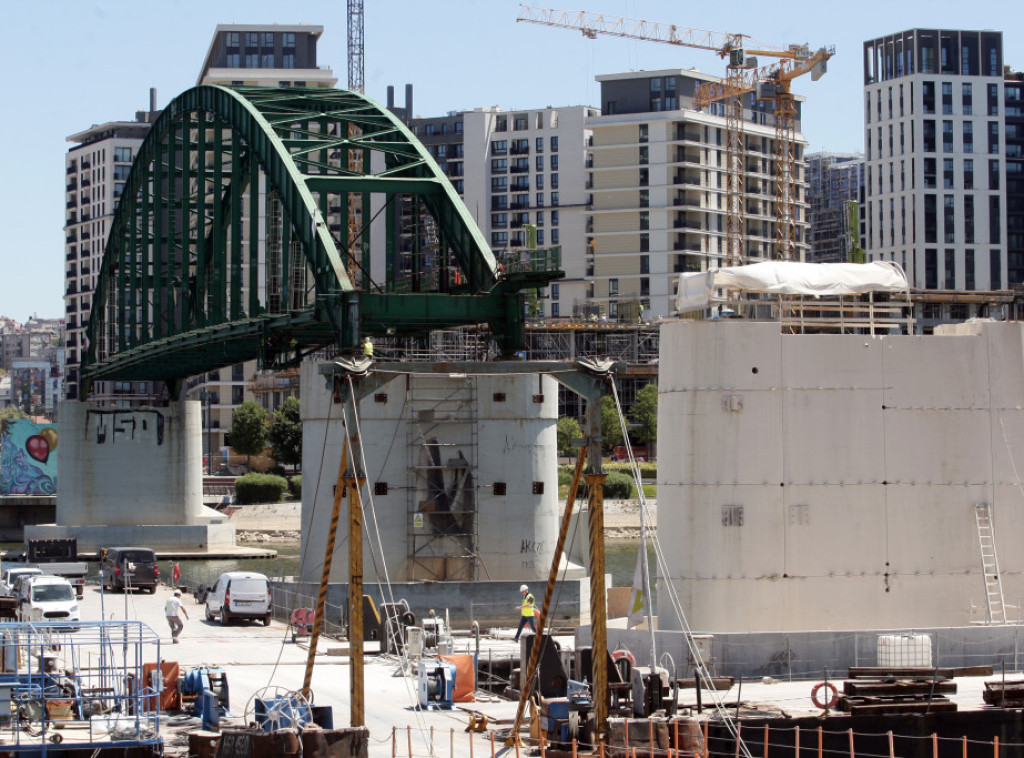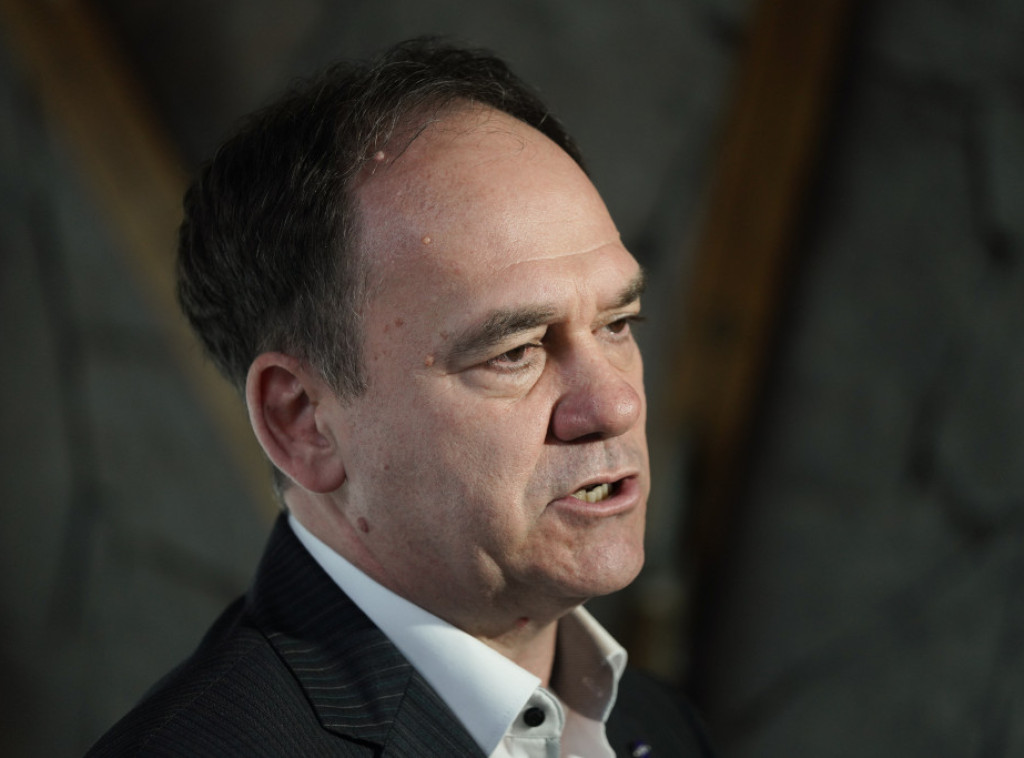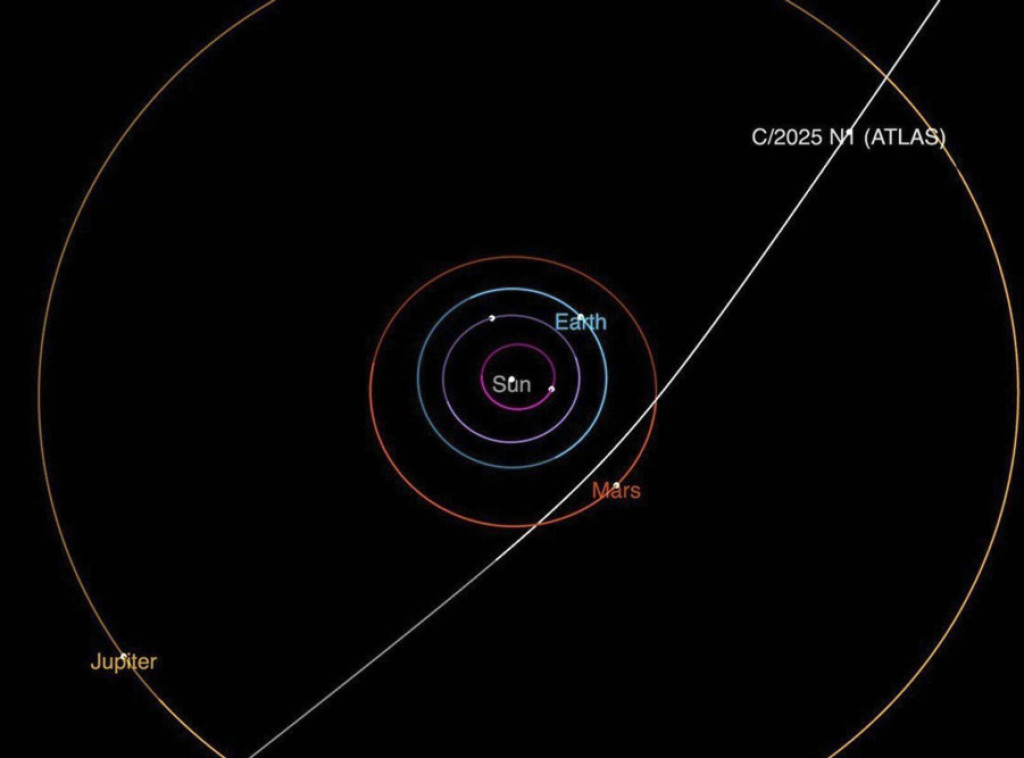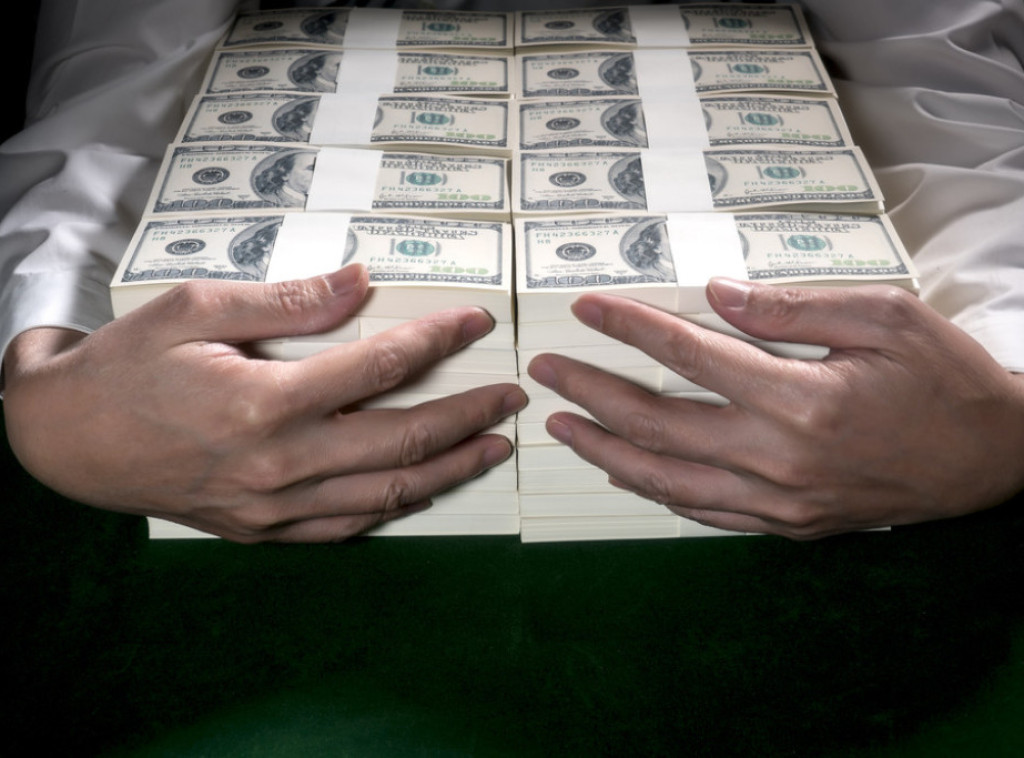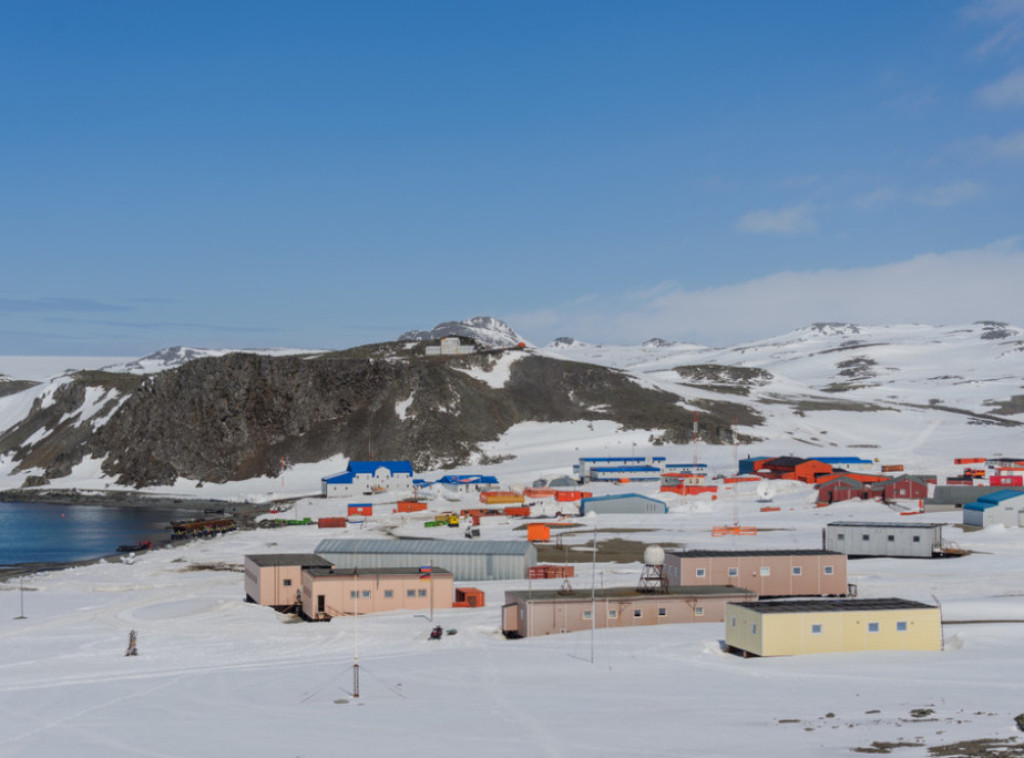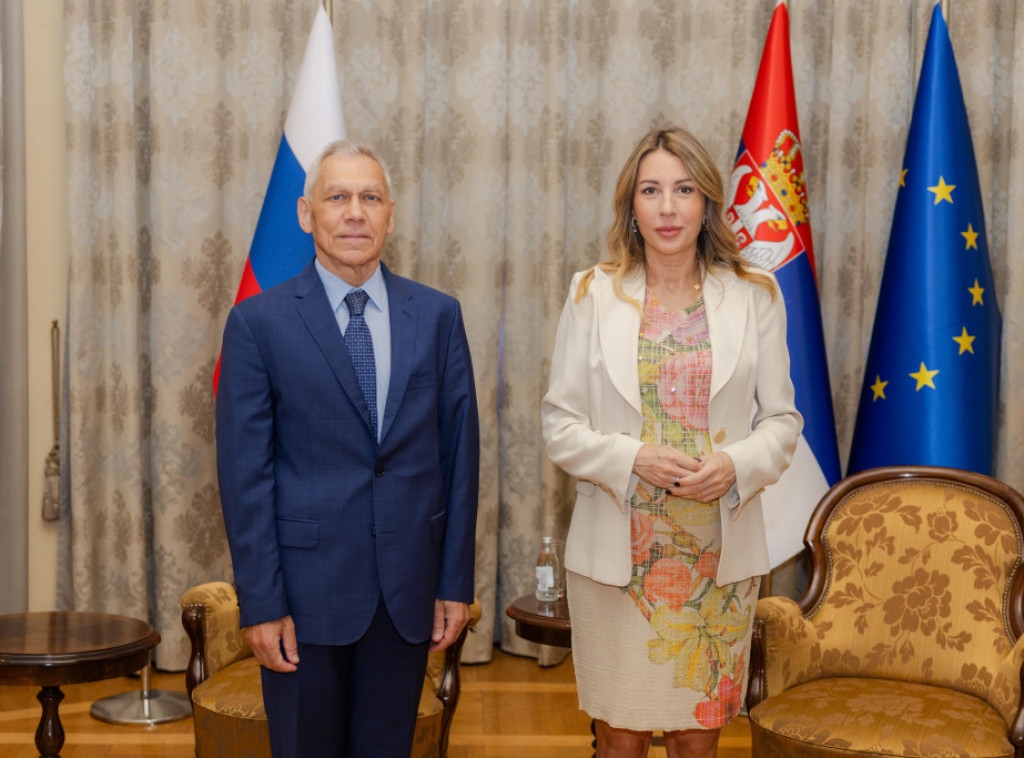Serbian Dinar: Stability or Boredom? Here’s What’s Really Happening with the Exchange Rate!
Tired of boring news about the dinar’s exchange rate? Brace yourself for a little drama because the Serbian dinar is in the spotlight—not for wild crashes or spikes, but for its… stability! Yes, you read that right – stability can be boring, but it’s still a story worth telling.
Dinar to Euro Rate: Small Change, Big Deal
On July 3rd, the official median exchange rate of the dinar against the euro was about 117.1782 RSD per euro. That’s practically the same as the day before, meaning the dinar is standing firm—neither up nor down. Compared to the start of the year, the dinar has dropped just 0.1%, which is basically negligible. So if you were expecting the dinar to crash or soar, you’ll have to wait a bit longer.
Dinar vs. Dollar: A Bit More Action, But Still Calm
Looking at the dinar against the dollar, things get a little more interesting. The dinar fell by 0.3% against the dollar, meaning it takes about 99 dinars to buy one dollar. But if you look at monthly and yearly growth, the dinar has actually strengthened—up 3.0% in the last month, 9.4% over the past year, and a whopping 12.9% since the start of the year. It’s like the dinar is on a diet, shedding pounds slowly but surely, without causing a panic.
What Does This Mean for Us Regular Folks?
A stable dinar means prices in stores won’t suddenly skyrocket due to currency weakness. That’s good news for those shopping locally, but maybe boring for those who love watching dramatic market swings. On the flip side, the dinar’s strength against the dollar might mean imported goods get a bit cheaper—but not enough to send everyone rushing to buy American gadgets.
Why Is the Dinar So Stable?
The National Bank of Serbia carefully keeps the exchange rate in check. They don’t let the dinar jump all over the place, which is smart because big swings can wreak havoc on the economy. But is this a sign there are no real economic problems, or just a clever cover-up of hidden turbulence? That’s a question for economists, but for us regular people, stability is mostly a good thing.
Bottom Line: The Dinar Is Like That Boring Friend Who Never Causes Drama
Maybe not the life of the party, but a stable dinar means no big economic shocks. If you like drama, you’ll have to look elsewhere. But if you appreciate peace and stability, the dinar is your best buddy right now.
So, what do you think? Is this stability a good thing or just a calm before the storm? Or are you waiting for the dinar to finally throw a wild party? Drop a comment and let’s see who’s team peace and who’s team chaos!





